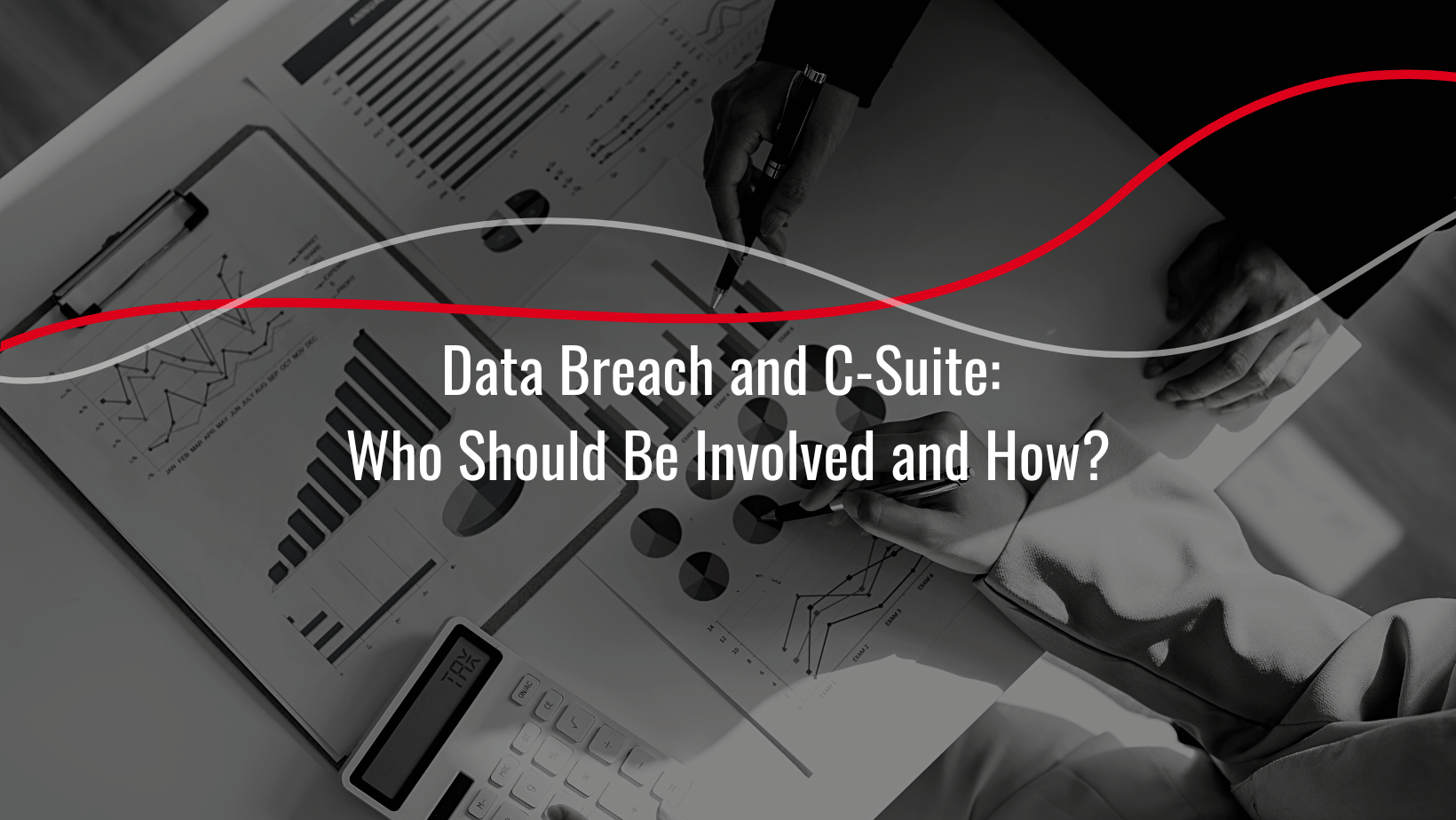A Step-by-Step Guide to Securing Your Startup’s Data
Securing your startup’s data is essential for protecting your business’s reputation and ensuring long-term success. By following these steps, startups can build a robust data security framework that safeguards their valuable assets. Taking data security seriously from the start will help startups avoid costly breaches and build a foundation for sustainable growth.


